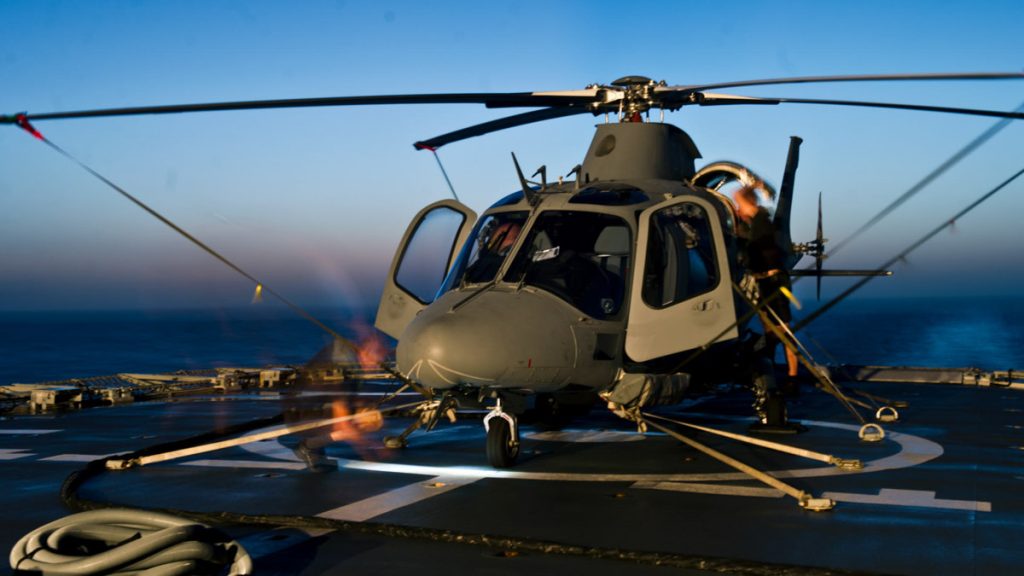Shows a new dissertation at Umea University where fighter pilots, helicopter pilots and helicopter crews were studied.
It is important to detect early signs that individuals who travel by plane risk developing more permanent physical symptoms that affect their ability to work, says Matthias Tegern, a doctoral student at Umeå University.
A stiff and weak neck increases the risk of pain
The group that was problem-free at the start of the study was followed by questionnaires for one year. Of these, approximately one in four will experience neck or chest problems during the year. There was an increased risk of developing these problems in those who reported at the start of the study that they had previously had problems, had less mobility when the neck was bent forward and had poor endurance in the anterior neck muscles.
In another study, several different tests of physical performance were performed, finding that less movement control and impaired mobility in forward flexion of the neck was associated with reported problems with the neck and thoracic spine. Additional clinical examination showed that individuals with pain in the neck or thoracic spine individually display various physical symptoms and disabilities that can be associated with the trip and that also affect their work.
Neck and back problems are more common among pilots
By having both individual pilots and soldiers during an international operation answer a questionnaire, it was possible to note that physical problems were more common in the neck and thoracic spine among aviation personnel than among ground soldiers. Nearly everyone else, 46 percent of pilots, said they had experienced neck or chest problems in the past year, compared to fewer than one in five soldiers on the ground. It was also possible to note a link between the problems and low health.
– This confirms what we already suspected might have something to do with the work that aviation personnel do. Matthias Tegern says that poor self-rated physical health has also been shown to be an important factor in previous studies.
Defense pilots check
Matthias Tegern investigated the prevalence of musculoskeletal disorders, that is, problems related to bones and muscles, among defense fighter pilots, helicopter pilots, and helicopter crews. The aim was also to identify factors that coexist but could also precede the development of such disorders. He also checked the reliability of clinical trials of a movement control test, and performed individual exams for those with neck and chest problems.
– Previous studies within the armed forces have led to preventive measures at different levels, both for those who do not have problems and those who have problems with the musculoskeletal system. He mainly focused on problems of the knees and lumbar spine. The knowledge from the thesis can be used to develop and adapt this concept for aviation personnel who primarily have problems with the neck and thoracic spine, says Matthias Tegern.
Scientific thesis:
Call:
Matthias Tegern, Department of Community Medicine and Rehabilitation, [email protected]
The thesis was commissioned by the Swedish Armed Forces. Data was collected in close collaboration with Karolinska Institutet. All participants were asked to answer a questionnaire about the incidence of physical illnesses and injuries as well as several questions related to work and health. The flying crew also had to take tests to control the mobility, strength and endurance of the neck and thoracic spine.

“Extreme tv maven. Beer fanatic. Friendly bacon fan. Communicator. Wannabe travel expert.”







More Stories
Why Rare Earth Metals for Electric Cars Are Crucial for Modern Mobility
“We want to promote critical rules approach”
“A lot happened during the trip,” Jönköping County Council